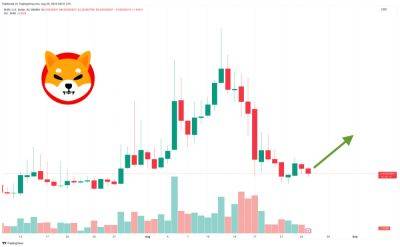What is MEV Bot?
Introduction
Miner Extractable Value (MEV) bots have become a prominent feature in the world of cryptocurrency, particularly within the Ethereum network. These bots are designed to identify and exploit profitable opportunities within the blockchain, but they have also been associated with scams and controversial practices. This wiki provides an in-depth look at MEV bots, their functionality, and the ethical considerations surrounding their use.
What is MEV?
MEV stands for «Miner Extractable Value» or «Maximum Extractable Value.» It refers to the potential profits that miners or validators can generate by selectively reordering, censoring, or including specific transactions in a block. MEV arises from the flexibility of transaction processing in the Ethereum network.
MEV is also emerging in the NFT market. Techniques used in traditional MEV opportunities can be applied in the NFT space. For instance, searchers can program transactions to be first in line to buy a popular NFT or buy an entire set of NFTs in one transaction.
MEV Bots Explained
MEV bots are software applications programmed to track the Ethereum blockchain for new transactions, identify profitable opportunities, and execute those transactions on behalf of their owner. These bots aim to capture as much of the MEV as possible and can take various forms, such as flash boats, arbitrage bots, and liquidation bots.
Arbitrage Bots: An MEV arbitrage bot monitors trades on decentralized exchanges (DEXes) and takes advantage of price discrepancies. For example, it may execute a buy order just moments before a large buy order on a DEX, capitalizing on the subsequent price increase.
Sandwich Attacks: A sandwich attack is a strategy where the MEV bot inserts
Read more on blockchain.news






















